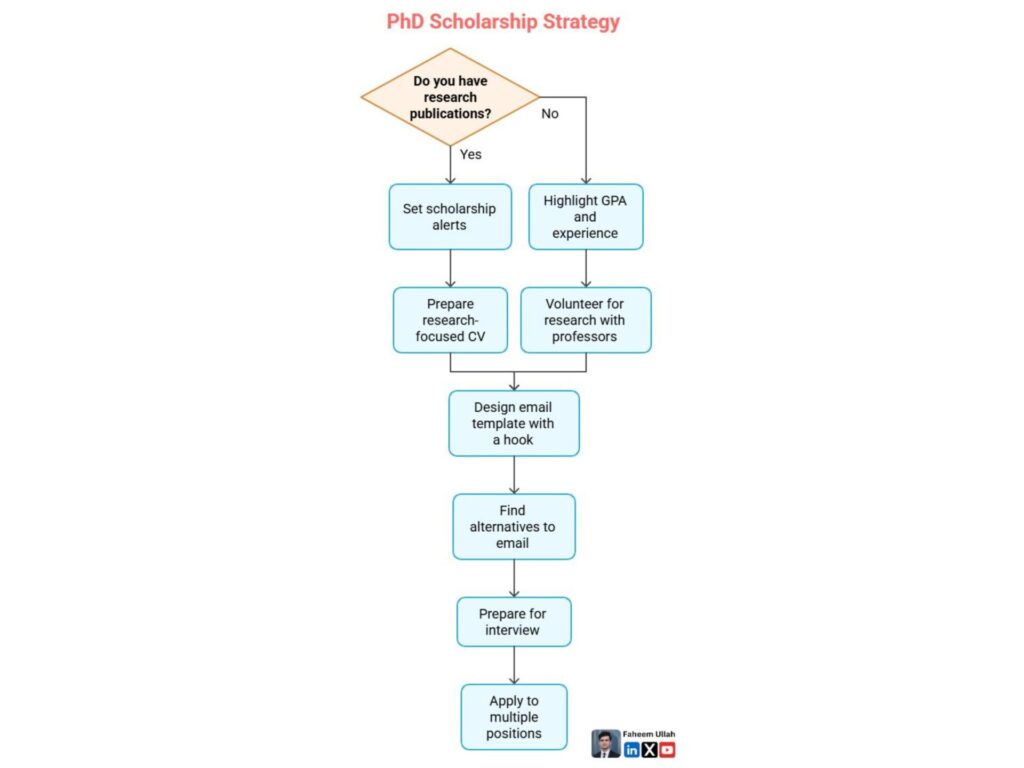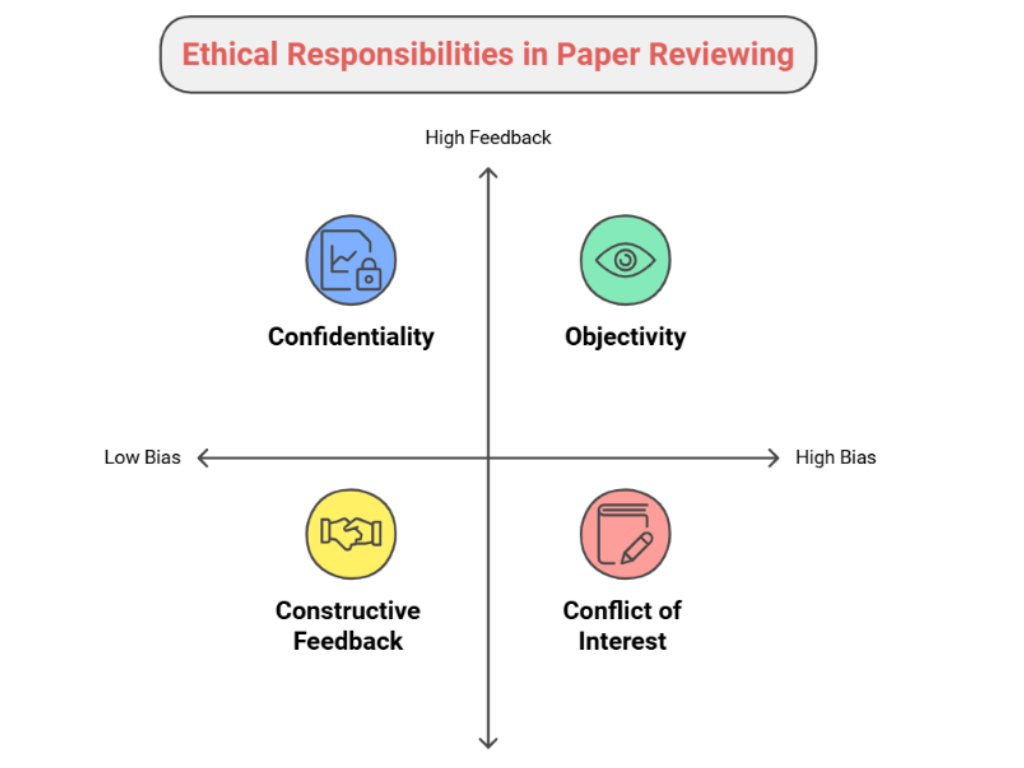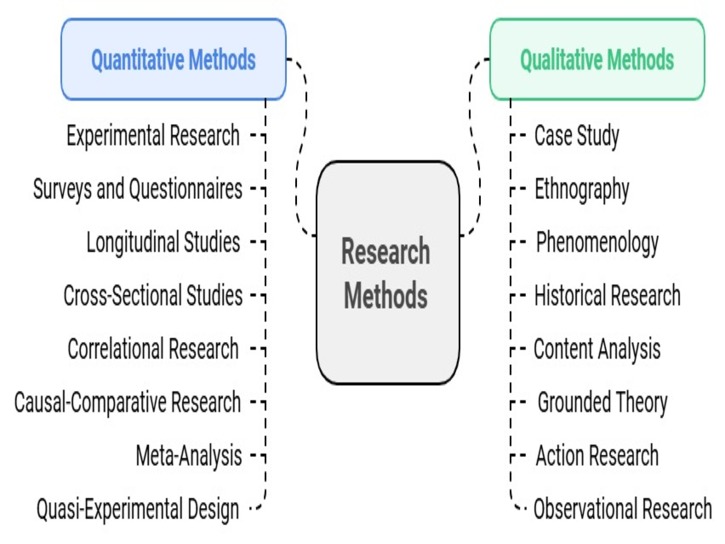Despite having a strong academic record, many aspiring PhD candidates struggle to get a fully-funded PhD scholarship because countless candidates are trying for limited spots. It’s overwhelming to stand out in this dense sea of academia. Fear of rejection looms large until you arm yourself with strategic insights and actionable steps that clear all your doubts and set you on a clear path to success.
In this newsletter, you will learn to leverage your GPA and unique academic skills to get a fully funded PhD Scholarship. Whether you have an impressive research publication or not, this ultimate guide will help you craft a scholarship-winning application that ultimately opens doors to new academic horizons.
So, are you looking for a fully-funded PhD position?
The following framework will 10x your chances of getting a PhD position.

Do you have one or more research publications?
YES —> Read the following.
NO —> Go to step 1B.
1A. Set Scholarship Alerts
To get a PhD position, you first need to know that a position is available. For this, set alerts on various scholarship websites, university websites, and social media groups. Make an Excel sheet of the available positions and their deadlines.
Here is how to do that:
- Visit the official website of scholarship providers, look for newsletter sign-up forms or subscribe for email updates.
- Follow the scholarship providers’ social media pages and get the latest updates.
- After following and setting alerts, check sites regularly so you don’t miss an important update.
- Check every scholarship page and write down all important details, such as criteria and deadlines.
- It’s how you can keep up with all available opportunities.
2A. Prepare a Research-Focussed CV
A generic CV is unlikely to sell you the best. Prepare a CV that shows what research value you will bring to the lab; if nothing else is needed, highlight research areas in your CV that are aligned with the target lab.
Here is how you can prepare a research-focused CV:
- Provide a detailed education history; also include minor subjects that are relevant to your research field.
- Brag a little about your academic achievements, such as scholarships, fellowships, grants or fellowships. Add details of research certifications and licenses to showcase your expertise in a particular field.
- Must write about teaching experience that demonstrates your ability to understand former and current theories and data.Always provide details of your scholarly work, such as theses, presentations, dissertations, etc.
- Provide a bulleted list of research-relevant skills such as report writing, data analysis, interviews, primary and secondary research, data collection, etc.
- In the additional section, you can mention publications, memberships, volunteer work and professional experience (outside academia)
3A. Design an Email Template With a Hook
Someone will open your CV if there is a hook in your email. This hook should work in the first 3 seconds. This hook can be in the subject line or the body. I can share a template if you need one.
Here are some hooks examples with high email opening rates:
- Proposing a Unique Angle on [Their Research Topic]- A professor will be interested in knowing your new angle.
- From [Your Recent Paper]: New Insights for [Their Research Topic]-A professor will be interested to look into this direct link
- Seeking Guidance: Expanding [Specific Topic]-Every professor is keen to offer mentorship so that you can expect a good response.
- Collaboration Chance: Leveraging [Your Method] for [Their Project Name]- A professor won’t mind a helping hand.
One of the most challenging parts of a PhD is identifying a research gap.
Do you want to identify research gap in minutes?
If yes, then try Undermind.
How Undermind can help you?
➟ Undermind will first identify research papers for your research topic.
➟ Then, it will help you to identify research gap based on those relevant papers.
Check it out here: www.undermind.ai
4A. Find Alternatives to Email
Professors receive tons of emails. Your email may be lost somewhere. Should you give up? No. Find alternative ways to bring yourself in front. These ways could be a contact via Twitter or LinkedIn or even face-to-face contact during an event.
Here is how to use alternatives to email:
- Leverage LinkedIn by optimizing your profile with academic accomplishments, publications, and projects and then send personalized connection requests to professors and researchers in your field.
- Utilize Twitter by following relevant academics and institutions and then interact with professors and scholarship providers with regular retweets, likes, and comments.
- Attend conferences, workshops, and seminars to network purposely with faculty and researchers. Ask insightful questions and follow up with an email or message on LinkedIn.
- Find and join academic forums and groups. Ask questions and answer queries. Be an active community member before reaching out privately to discuss your interest in PhD scholarship.
- Always attend university networking events. Prep your pitch. Introduce yourself to a professor through mutual contact and show your interest strategically.
5A. Prepare for The Interview
Once you hear from the professor or the school, you will likely be asked for an interview. Here, you need to shine bright. For this, the best way is to defend your CV well. Also, importantly, explore the target lab/professor’s research and demonstrate how it aligns with yours.
Here is how to prepare yourself for the interview:
- Research labs and find everything about their recent publications and projects. Understand the research areas of professors, their ongoing projects and noteworthy publications.
- Be ready to answer questions about your past research, objectives and methodologies.
- The interviewer may ask you how your research work relates to current PhD Students.
- Prepare answers to common questions about programs, labs, professors & specific projects.
- Your homework on the professor and lab helps you ask questions about them at the end to show your interest in their work.
Note: It’s always a great idea to practice an interview with your peers and mentors and get feedback to improve your response and to handle unexpected questions.
6A. Apply, Apply, and Apply
There are multiple reasons why a candidate might not be selected. To increase your chances, you need to apply to as many positions as possible. The more you apply, the sooner you will get your PhD position. Contact professors who already have PhD positions available or advertised.
Here is how you can maximize your application process:
- Develop a list of potential programs and universities. Don’t stick to top-tier; instead, go with mid-level and new universities and programs.
- Create a spreadsheet that provides a list of potential supervisors, program info, deadlines, research interests and contact details.
- Tailor your application as per eligibility criteria and program requirements. A customized CV will increase your chance of getting a fully-funded PhD scholarship.
- Prepare the Armstrong application package by adding a letter of recommendation and writing an interesting Statement of Purpose SOP.
- Apply to a wide range of programs considering your major and minor subjects, and always follow up on the status of your application to demonstrate your interest.
Note: If you get no response or get rejected, ask for feedback and learn from your mistake. Grow your network to find potential opportunities for PhD scholarships.
1B. Sell your Gpa, Grad School, and Experience
While contacting a professor or applying directly, highlight your strong points such as GPA, grad school, your experiences, or a solid research proposal. Think about what I have that can be of use to the professor or target lab. Highlight those skills or records.
Here is how to sell yourself strategically:
- When crafting your CV, you need to ensure that your GPA is quite prominent. Provide details of honours or awards to boost the professor’s interest.
- Write a compelling personal statement that aligns your experience and research interest with that of the research lab. You can discuss specific projects, roles or presentations related to the lab.
- Prepare specific examples of your past work that showcase your experience, and again, it should be relevant to PhD positions you are applying for.
- Craft a solid research proposal that showcases your critical thinking skills, writing capabilities and your plan of academic research.
- When you reach out to professors or labs, try to keep your email message clear and relevant to their work.
2B. Volunteer for Research
If you are not getting a direct entry to your PhD position, volunteer for around 6 months to do research with a professor having a solid record of recent publications. You will get research experience and publish papers. Then, either the same professor can offer you a PhD position, or you can follow steps 1A – 6A to get another position easily.
Here is how to volunteer for research:
- Determine the type of research that interests you. You can consider your existing skills and experience through which you can add value to a field.
- Explore volunteer opportunities through online platforms such as ResearchMatch, VolunteerMatch, Be Part of Research, NASA, NIH Clinical Center, and similar.
- Dig into university and research institutes’ websites to find volunteer opportunities.
- Reach out through networking, email or LinkedIn, but first complete your homework on a specific research lab and professor.
When it comes to searching for volunteer opportunities, consider searching with these specific roles:
- Transcriber
- Research assistants
- Data entry admin
- Survey analyst and administrator
- Focus group and meeting assistant
- Statistical research assistant
- Field researcher
- Lab technicians
Check out my YouTube video on how to get a scholarship.
Video link: https://www.youtube.com/watch?v=0BJ9GodhdKY
Don’t forget to read: 10 Simple Ways to 10x your PhD Productivity
YouTube Channel: www.youtube.com/@DrFaheemUllah

Find me on Instagram




Pingback: Top Skills for PhD Students